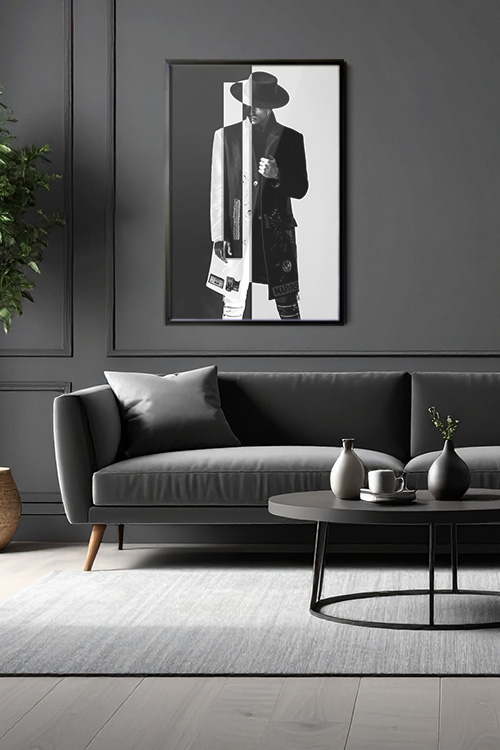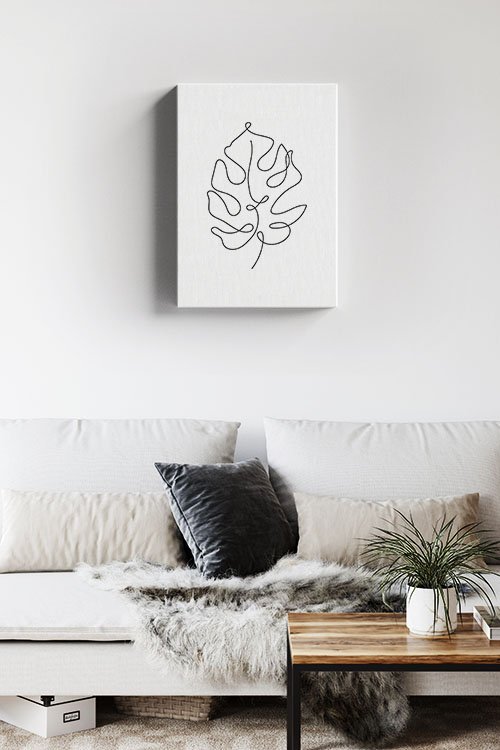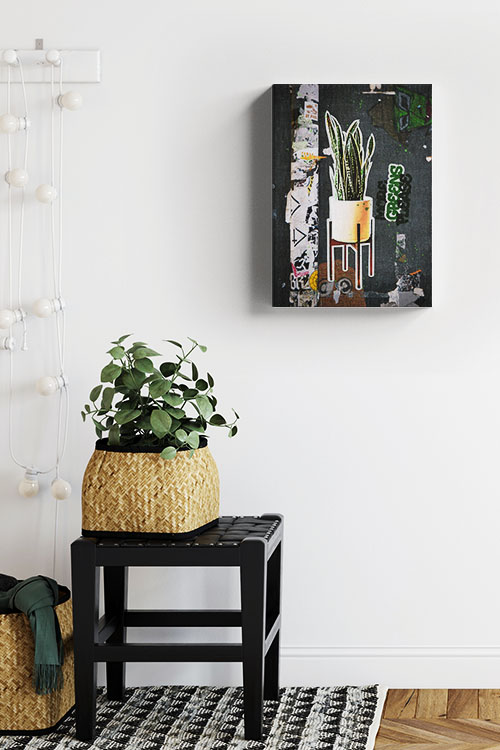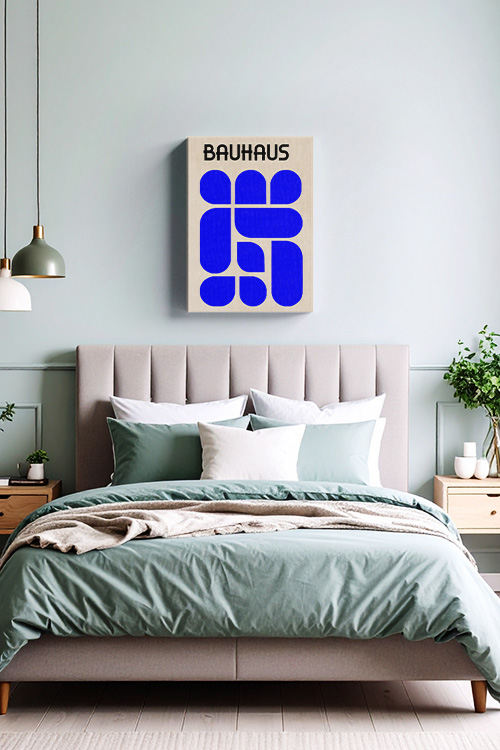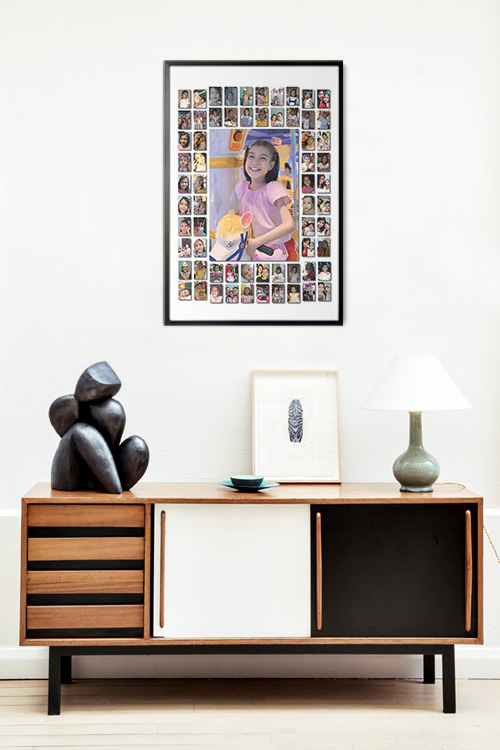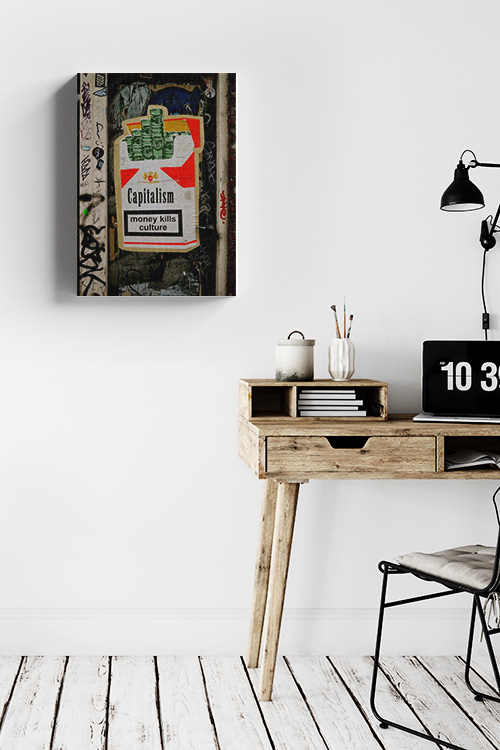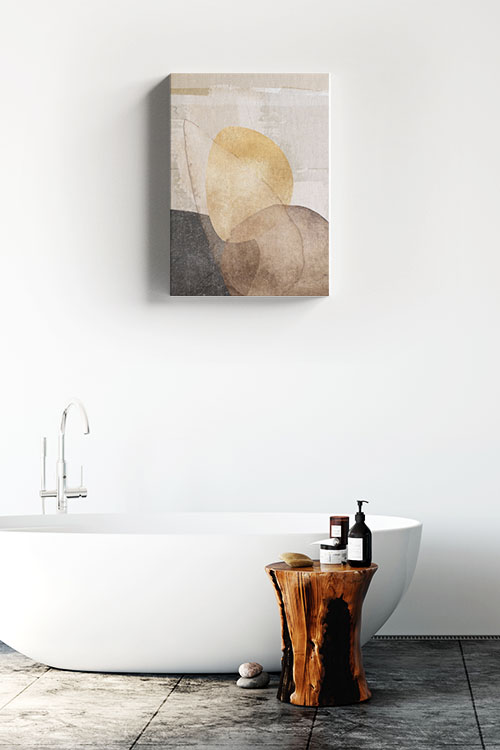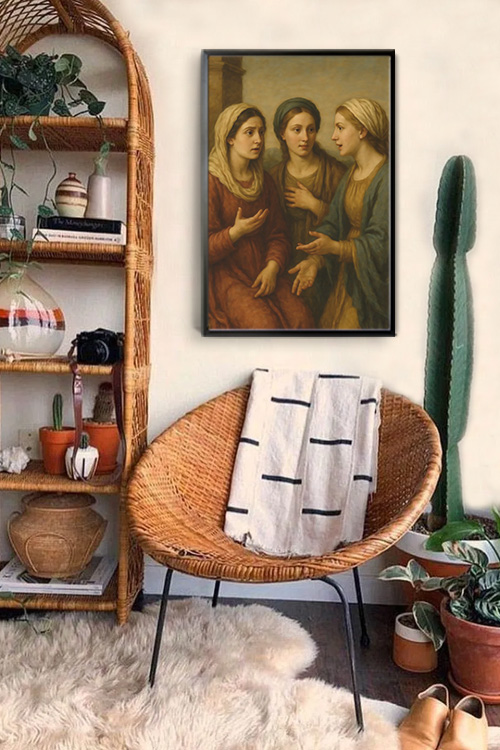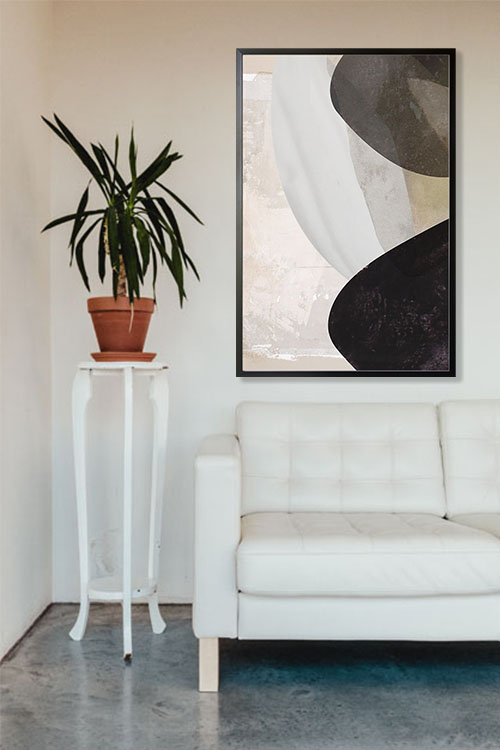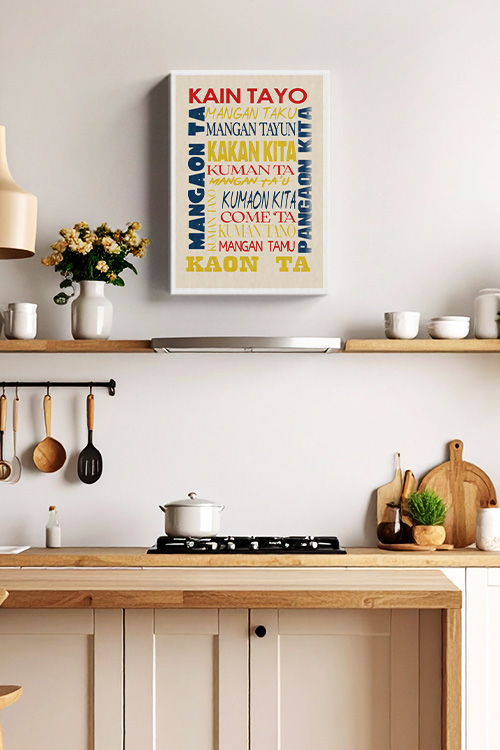
Decorating a small space can initially feel like a challenge, but with the right approach, it can be a rewarding experience. Even the tiniest apartment or studio can be transformed into a spacious, inviting, and personality-filled space. It’s all about making wise choices, finding creative solutions, and a little design magic.
Think Multifunctional
When every inch matters, furniture that serves multiple purposes is a lifesaver. For instance, a coffee table with hidden storage for magazines and remotes, a bed with drawers underneath for extra linens or clothes, or ottomans that double as seating and storage for blankets or board games can free up valuable space. By choosing these multifunctional pieces, you keep the room practical without sacrificing style.
Keep It Light and Airy
Color plays a significant role in making a space feel larger. Lighter shades like whites, soft grays, and pastels reflect more light and open up the room. That doesn’t mean you can’t play with bolder hues—just use them as accents in pillows, rugs, or artwork. Mirrors are another simple trick: place one across from a window, and you’ll instantly create the illusion of more space.
Maximize Vertical Space
When floor space is limited, look up. Utilizing vertical space with floating shelves, tall bookcases, and wall-mounted storage is not just a practical solution; it’s a design triumph. Even in the kitchen, hanging racks for pots and pans or magnetic strips for utensils can free up counter space and add charm.
Choose the Right Scale
One common mistake in small-space décor is using pieces that are either too bulky or too tiny. Oversized furniture can overwhelm, while too many small pieces can make the room feel cluttered. Instead, strike a balance—pick a few medium-sized items that fit comfortably and allow the room to breathe. Consider the proportion of the furniture to the room size and the other pieces in the room when choosing the correct scale.
Declutter and Personalize
Clutter is the enemy of small spaces, but it’s also an opportunity for freedom. Keep surfaces tidy, and only display décor that genuinely makes you happy. A curated gallery wall, a couple of plants, or a statement lamp can bring warmth and character without overcrowding. Remember, in small spaces, less really is more.
Let the Light In
Finally, don’t block natural light. Sheer curtains or blinds that pull completely aside let sunlight flood the room, instantly making it feel bigger and brighter.
In a Nutshell
With a thoughtful approach, decorating a small space becomes less about limitations and more about opportunities. By maximizing storage, keeping things light, and adding personal touches, you can create a home that feels stylish, spacious, and perfectly your own.
